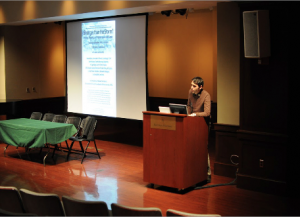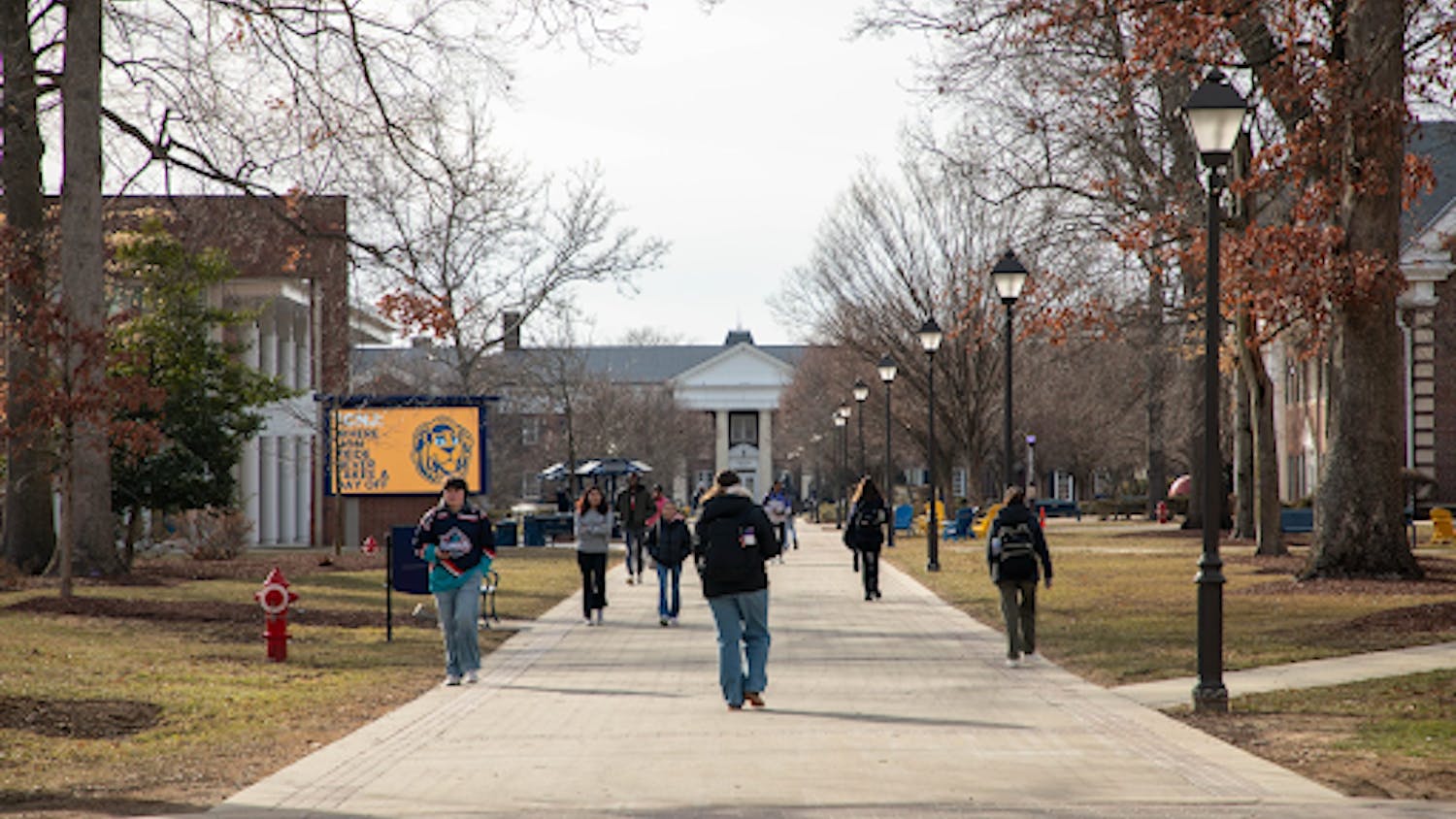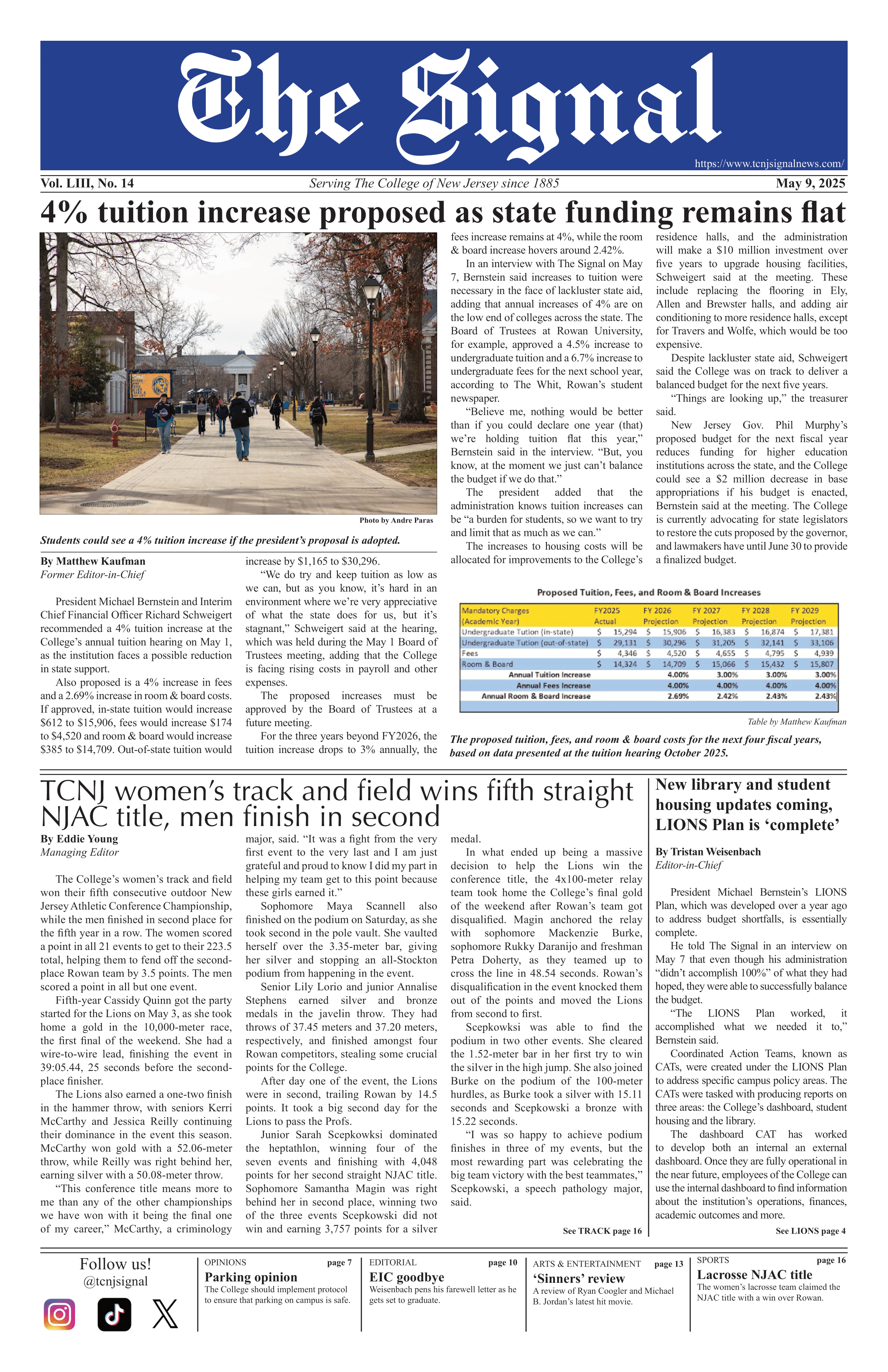By Sam Roberts
Correspondent
On Wednesday, Oct. 29, a year after Hurricane Sandy hit the East Coast, a panel comprised of a journalist and policymakers discussed the progress that has been made since the disaster struck.

Chris Sturm from NJ Future and Linda Weber from the Sustainability Institute spoke with Scott Gurian from WNYC public radio.
“Stronger Than the Storm?” was moderated by Michael Nordquist, the environment division coordinator at the Bonner Center and kicked off with Gurian, a Sandy recovery reporter, chronicling the “most destructive storm of modern times.”
Gurian said that the road to recovery is a fairly slow process. So far, around $5 billion has been received.
Gurian acknowledged, however, that “there are a lot of steps in the process of getting this money out the door and to the people that need it.”
FEMA has provided small aid to those who experienced damage and loss during superstorm Sandy, but there are still thousands of people who are living in displaced homes. Additionally, in some areas, infrastructure and businesses that were damaged by Sandy are yet to be repaired.
However, there are still promising signs of restoration in hard-hit areas.
During the event, Gurian said that there has been work on damaged roads, boardwalks have been rebuilt, and houses along the coast are in the process of being elevated.
Gurian and senior director of state policy panelist, Sturm, noted that there are still concerns of New Jersey residents that the state is aiming for a speedy recovery, but not necessarily an efficient one.
To plan effectively and prepare the state for future disasters, Sturm said that the state needs to change its decision-making process, while keeping climate change in mind. Climate change and rising sea levels are only adding increasing complications and ammunition to storms such as Sandy, Sturm said.
“We can do a lot of things to mitigate and increase resiliency (against future storms like Hurricane Sandy),” said Diane Bates, associate professor of sociology, noting that storms are inevitable.
Bates additionally said that part of the reason for such widespread damage along the Jersey Shore after Sandy was because populations in the tri-state area are so large. Overpopulation pushes people toward the shore, beyond dune lines and closer to danger when storms hit, according to Bates.
Regarding the future of the Jersey Shore, Bates said that the “state can’t afford not to rebuild” areas damaged from superstorm Sandy, since tourism is critical for New Jersey’s economy.
Weber, a resiliency network manager at the Sustainability Institute, said that foundations, non-governmental organizations and the government will continue to offer financial aid in order to help rebuild the shore and keep its tourism alive.
Bates said that for New Jersey citizens, the rebuilding process is “very much an emotional response as a rational one” because the shore is such a monumental piece of the state’s pop culture, and virtually all New Jersey citizens have a connection to the Jersey Shore.






